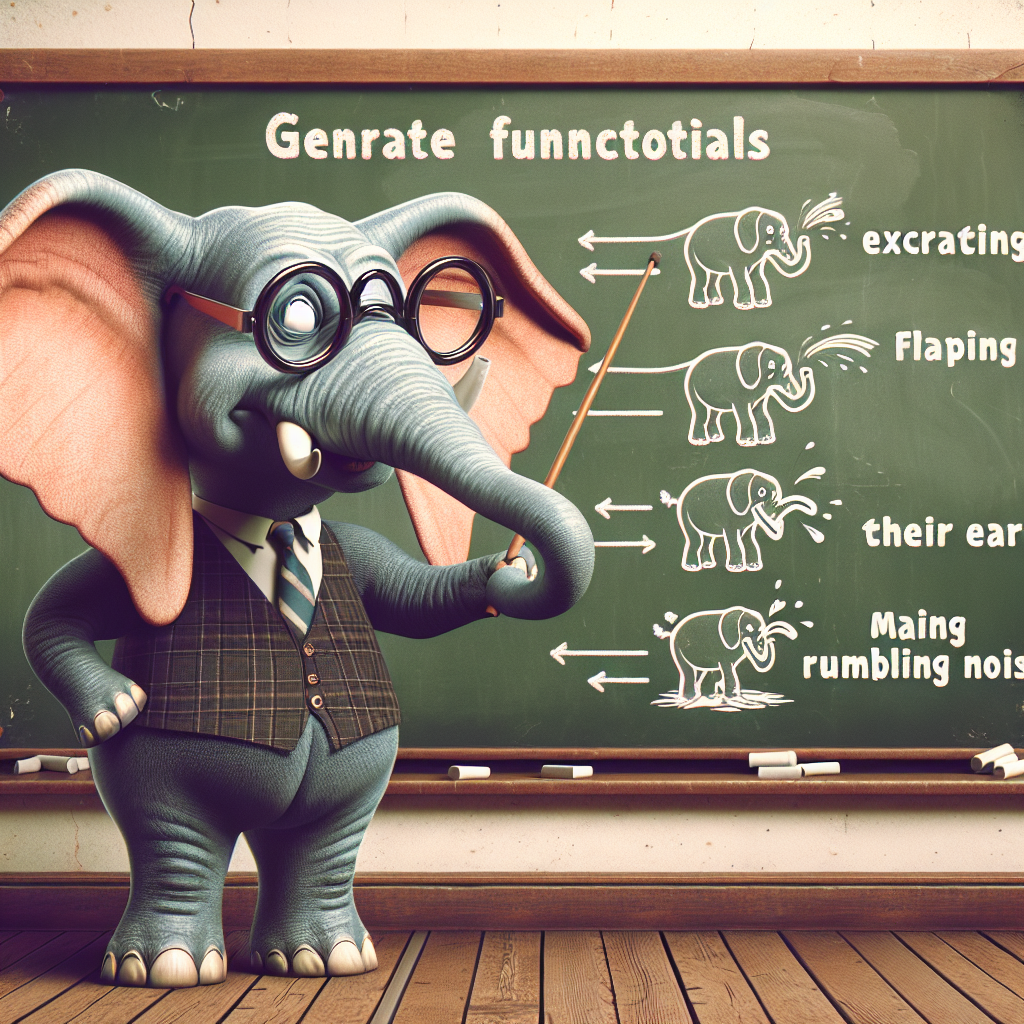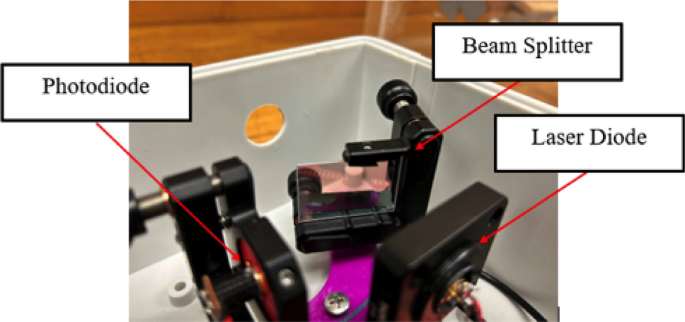Using light to find sound
Yeah, exactly. Reminds me of DAS(Distributed Acoustic Sensing), basically using the fiber optics that already are going across the oceans as microphones to get tons of data.
Summary made by ChatGPT
The paper presents a novel laser-assisted see-through technology developed for locating sound sources within solid structures and analyzing interior sound fields. This advancement overcomes traditional limitations by using six lasers to measure the exterior surface’s normal velocities, facilitating sound source localization and interior sound field reconstruction using passive sonic detection and ranging (SODAR) algorithms, the Helmholtz equation least squares (HELS) method, and computer tomography (CT).
Discovery Details
This technology marks a significant leap from existing methodologies by enabling sound source localization and sound field visualization within solid structures, overcoming obstacles like line-of-sight blockages and impedance discontinuities. The method’s ability to quantify sound pressure levels (SPL) adds another layer of analysis, previously unattainable.
Methodological Breakdown
The integration of self-made laser vibrometers, passive SODAR algorithms, and HELS formulations underpins the methodology’s innovation. These components, combined with CT scanning, allow for a comprehensive analysis of sound fields over time, even under non-ideal conditions and in the presence of background noise.
Challenges and Opportunities
One challenge is ensuring high signal-to-noise ratios (SNR) for accurate measurements, addressed through the novel use of laser vibrometry and passive SODAR algorithms. Future opportunities include applying this technology to diagnose and analyze noise and vibration issues in complex machinery, potentially revolutionizing non-contact, non-invasive diagnostic methods.
TLDR
The study introduces a groundbreaking laser-assisted technology for sound source localization and sound field visualization inside solid structures, overcoming traditional limitations and offering new diagnostic capabilities.
AI Thoughts
This research could significantly impact multiple fields, from engineering diagnostics to medical imaging, by providing a non-invasive method to analyze and diagnose issues within opaque structures. The technology’s potential to be adapted for various applications, including the identification of structural defects or monitoring internal machinery conditions, could lead to innovations across industries, enhancing safety, efficiency, and understanding of complex acoustic environments.
Potential Bioacoustics Applications
The laser-assisted technology for locating sound sources and analyzing sound fields within solid structures, as described in the paper, could have significant applications in bioacoustics, particularly in studying animal communication and behavior in environments where direct observation is challenging. By enabling the visualization and analysis of sound fields inside solid objects, this method could be used to non-invasively study the vocalizations and hearing mechanisms of animals within their natural habitats or even within the animals themselves, in cases where traditional methods are not feasible. This could provide new insights into animal behavior, communication networks, and the effects of environmental changes on these processes, advancing our understanding of animal ecology and physiology.



